Practical tips for overland travel in Southern Africa
Planning an overland trip through Southern Africa needs preparation of your vehicle, route, and mindset.
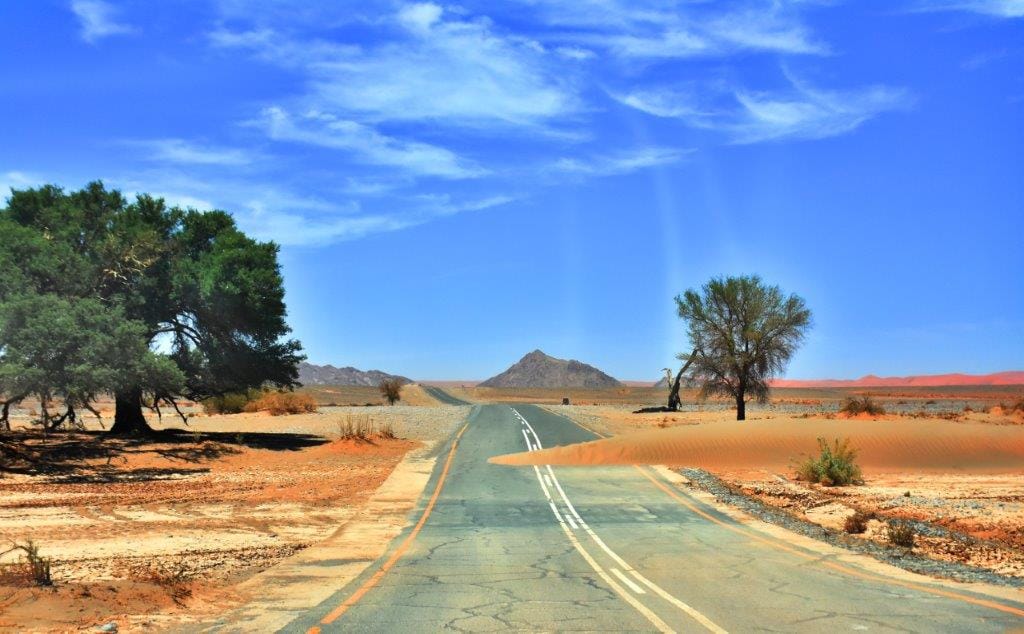
Overland travel in Southern Africa offers freedom and discovery but requires preparation. Whether you plan to self-drive across Namibia’s deserts or explore South Africa’s Wild Coast by vehicle, practical knowledge ensures a safe, enjoyable trip.
First, vehicle choice is critical. A 4x4 with high clearance is recommended for gravel and off-road routes such as the Skeleton Coast or the Drakensberg. Ensure your vehicle is well-maintained and equipped with a spare tyre, jack, and basic tool kit.
Renting from reputable companies that offer roadside assistance is advisable for beginners. Navigation is essential. Although many routes are well signposted, maps and GPS devices will aid confidence. Offline apps like Maps.me or Gaia GPS work where mobile signals are weak. Carry a physical map as a backup for emergencies.
Fuel availability can vary widely. Plan ahead by filling tanks whenever possible. In Namibia and Botswana, fuel stations can be hundreds of kilometres apart. Carrying extra fuel in jerry cans is wise. Water is equally vital—always have sufficient drinking water on hand.
Understanding road conditions is important. Gravel roads require slower speeds and careful handling to avoid damage or accidents. After rains, some routes may be impassable due to flooding or mud. Check weather forecasts and local advice before setting off.
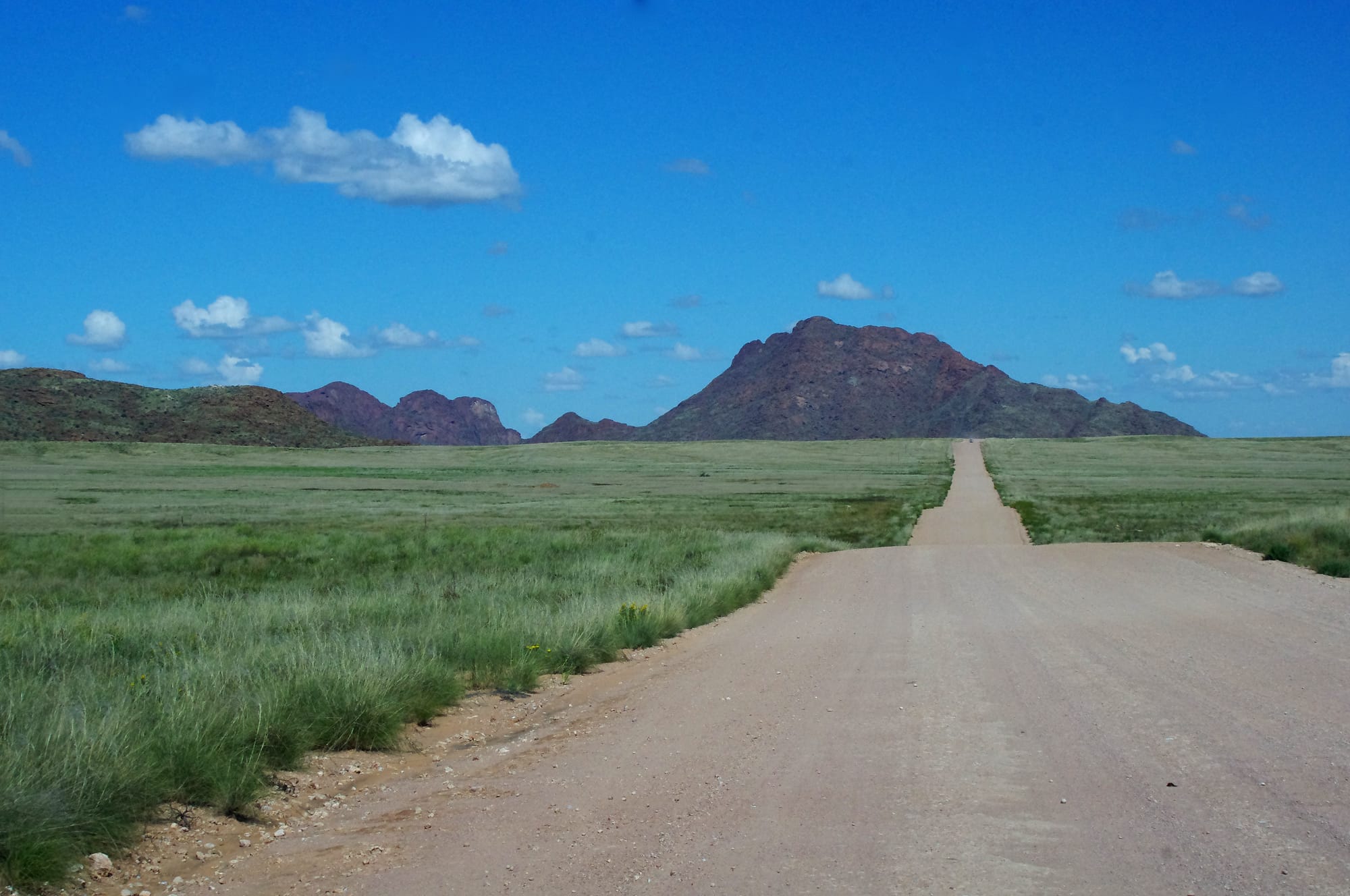
Border crossings between Southern African countries require valid passports, visas (where applicable), and vehicle paperwork. Road permits and third-party insurance may be necessary. Research customs regulations on items like alcohol, food, and wildlife products to avoid issues.
Safety is a priority. Avoid driving at night when visibility is limited, and animals or pedestrians may be on the roads. Keep valuables out of sight and lock vehicles when unattended. Emergency numbers and contacts should be stored in your phone.
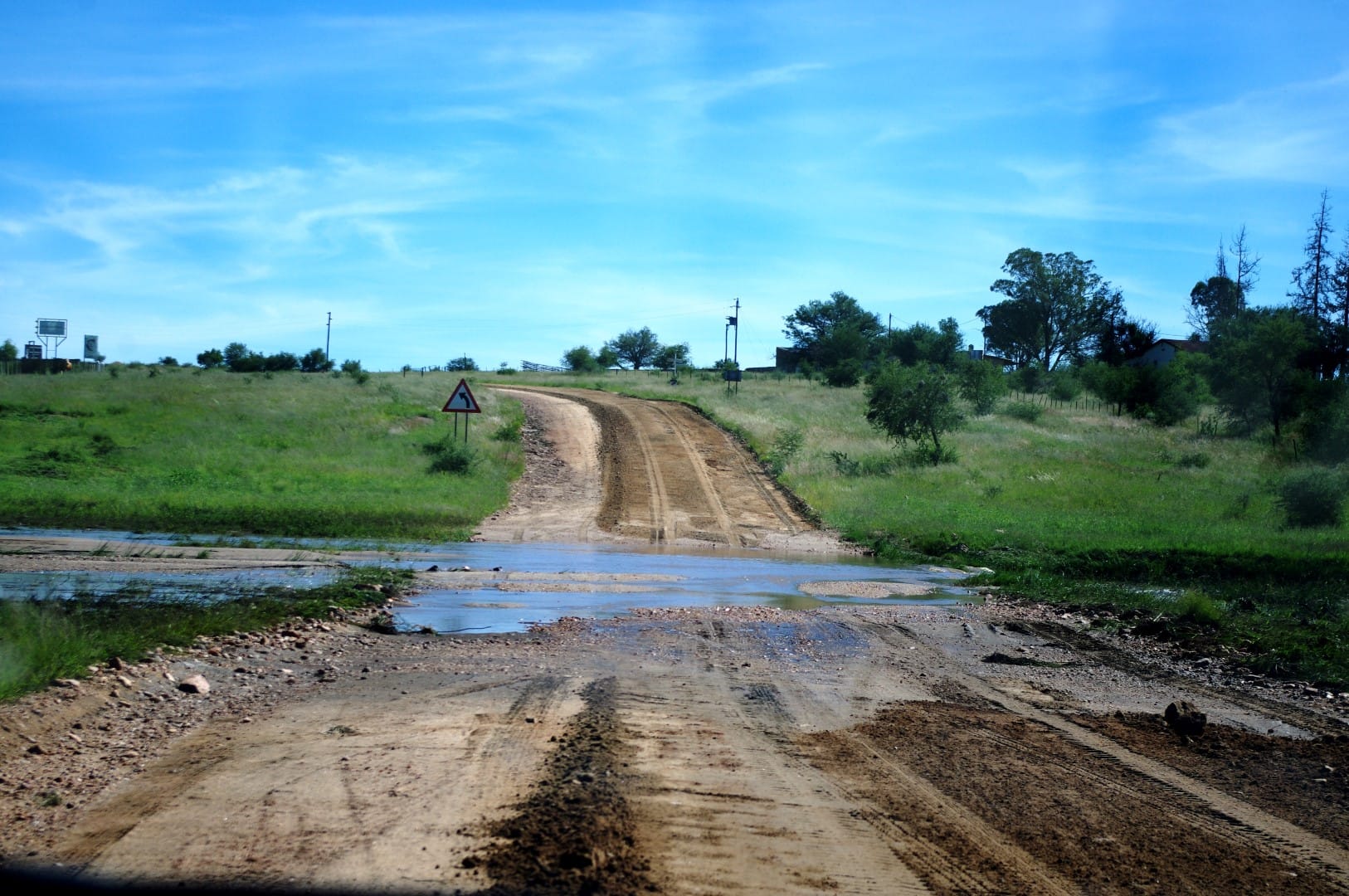
Camping is popular on overland routes. Many campsites offer basic facilities, but packing a quality tent, sleeping gear, and cooking equipment is essential. Respect local rules and dispose of waste responsibly.
Finally, cultural respect enhances the experience.
Greet locals politely, learn simple phrases in local languages, and observe customs. Travelling slowly allows more genuine interaction and understanding.
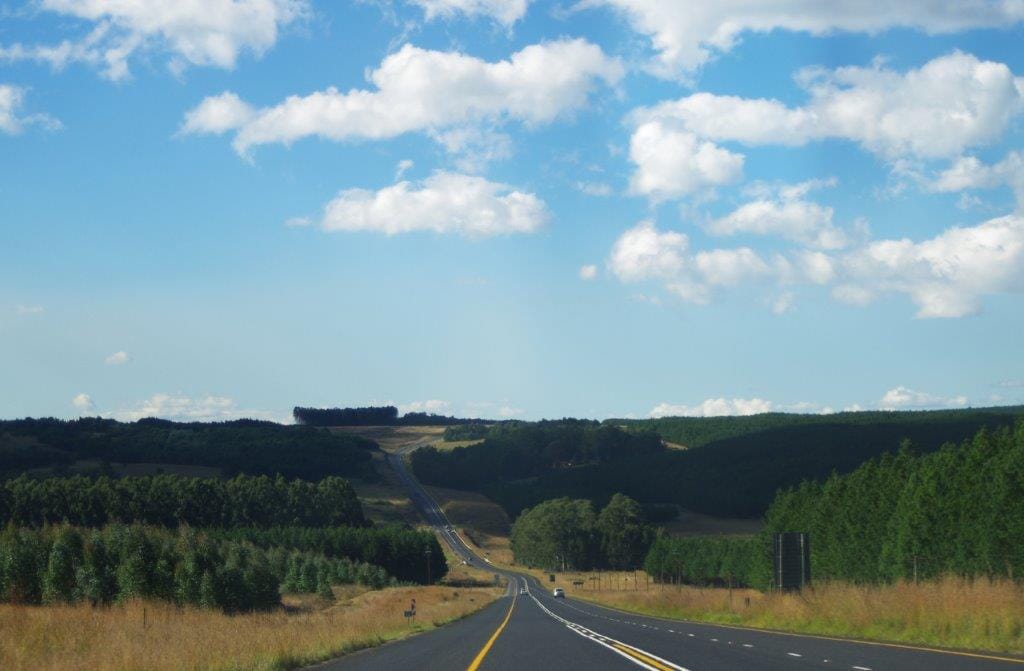

Overland travel in Southern Africa can be transformative. With proper preparation and respect for the land and people, it becomes a journey of discovery, challenge, and joy.

• 𝙵𝚘𝚛 𝚜𝚝𝚘𝚛𝚢 𝚜𝚞𝚋𝚖𝚒𝚜𝚜𝚒𝚘𝚗𝚜 𝚘𝚛 𝚛𝚎𝚟𝚒𝚎𝚠𝚜, 𝚌𝚘𝚗𝚝𝚊𝚌𝚝 𝙼𝚊𝚛𝚒𝚊𝚗𝚊 𝚟𝚒𝚊 𝚎𝚖𝚊𝚒𝚕 (𝚎𝚍𝚒𝚝𝚘𝚛@𝚝𝚑𝚎𝚝𝚛𝚊𝚟𝚎𝚕𝚝𝚑𝚛𝚎𝚊𝚍.𝚌𝚘.𝚣𝚊).
• 𝙵𝚘𝚛 𝚙𝚊𝚛𝚝𝚗𝚎𝚛𝚜𝚑𝚒𝚙𝚜, 𝚖𝚊𝚛𝚔𝚎𝚝𝚒𝚗𝚐, 𝚘𝚛 𝚌𝚘𝚗𝚝𝚎𝚗𝚝 𝚎𝚗𝚚𝚞𝚒𝚛𝚒𝚎𝚜, 𝚌𝚘𝚗𝚝𝚊𝚌𝚝 𝙰𝚗𝚌𝚑𝚎𝚗 𝚟𝚒𝚊 𝚎𝚖𝚊𝚒𝚕 (𝚊𝚗𝚌𝚑𝚎𝚗@𝚒𝚘𝚕𝚘𝚐𝚞𝚎𝚖𝚎𝚍𝚒𝚊.𝚌𝚘𝚖) 𝚘𝚛 𝚜𝚎𝚗𝚍 𝚊 𝚆𝚑𝚊𝚝𝚜𝙰𝚙𝚙 𝚑𝚎𝚛𝚎.

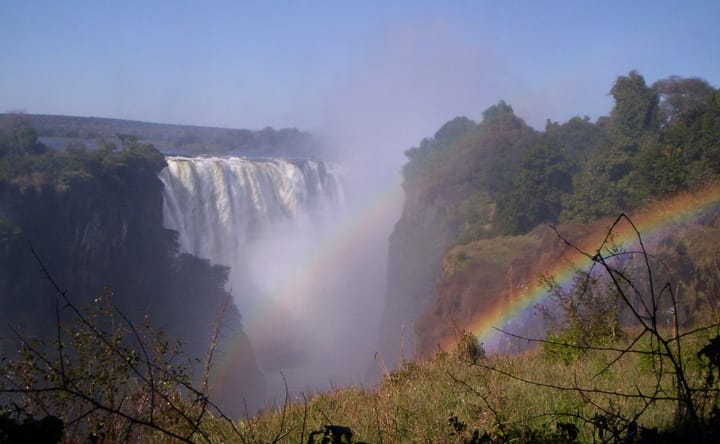
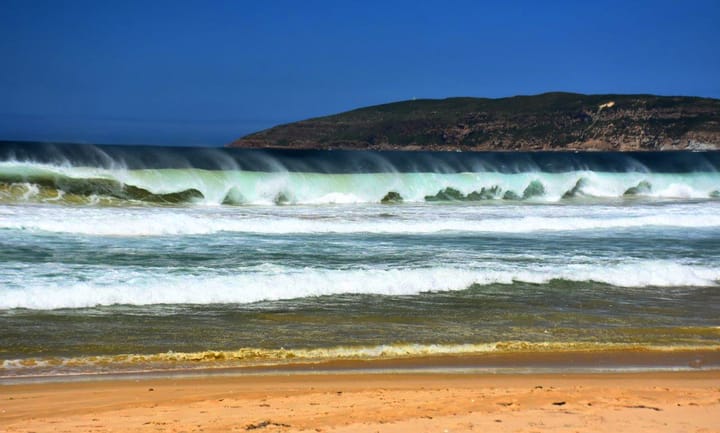
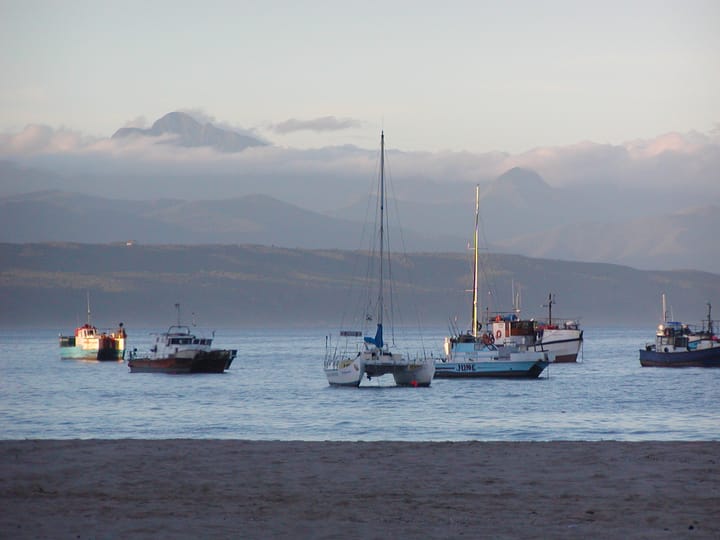
Comments ()